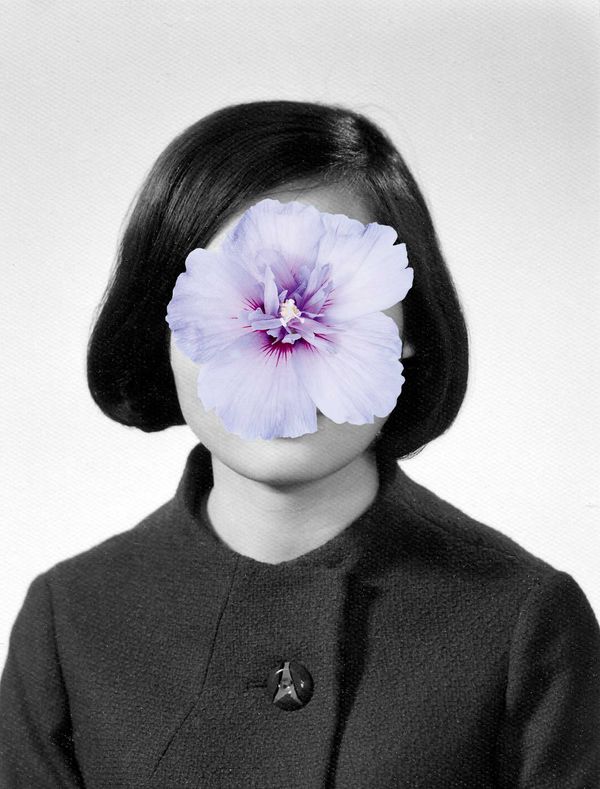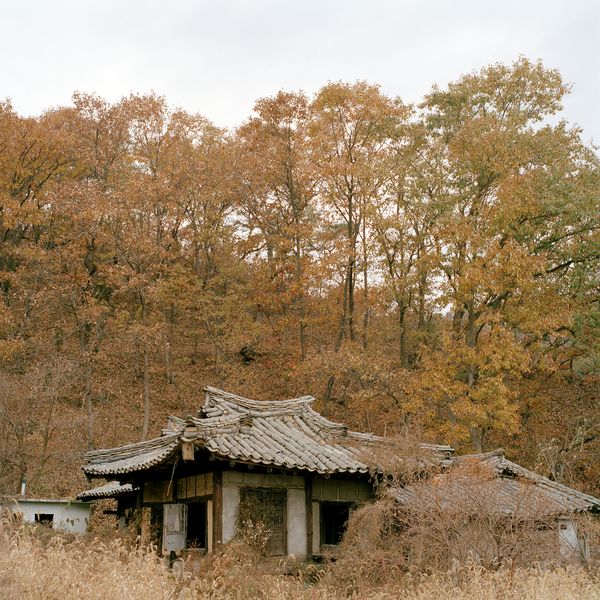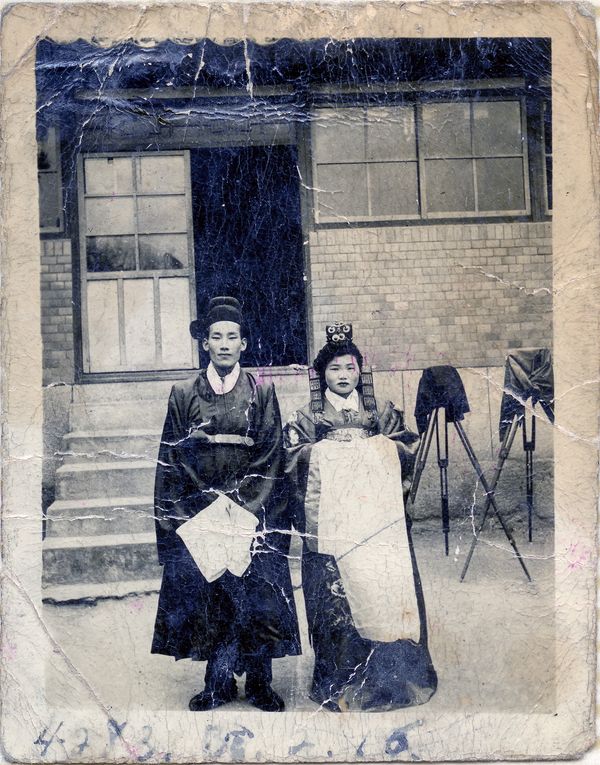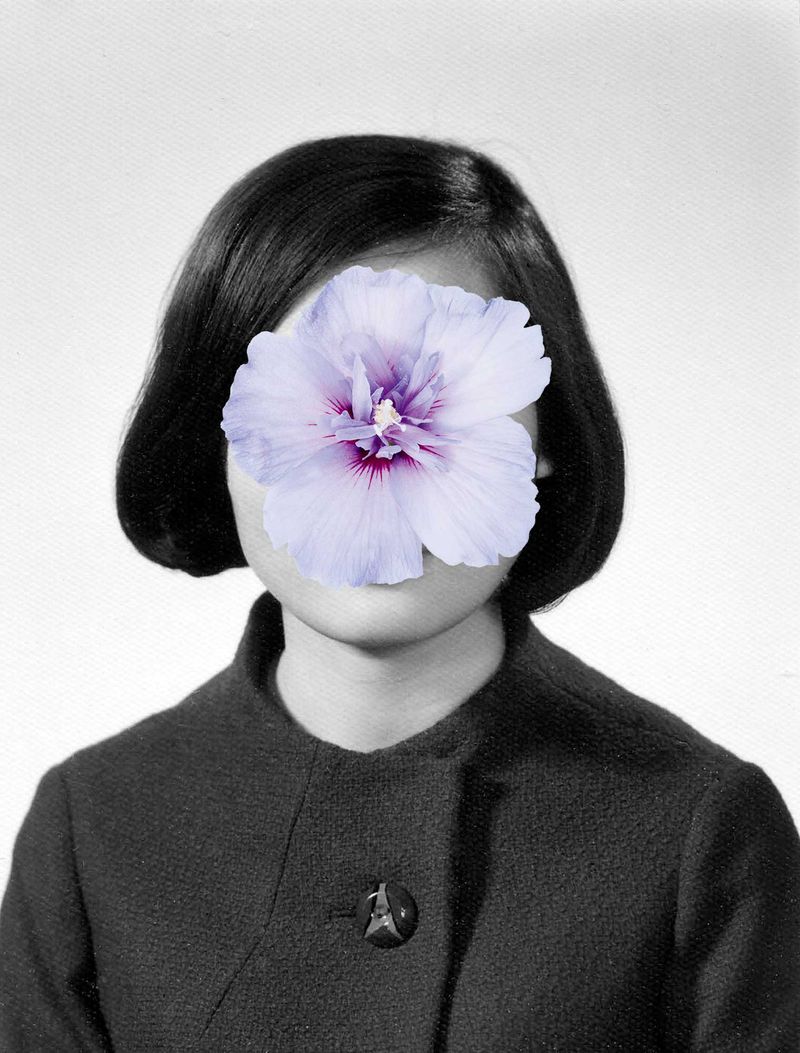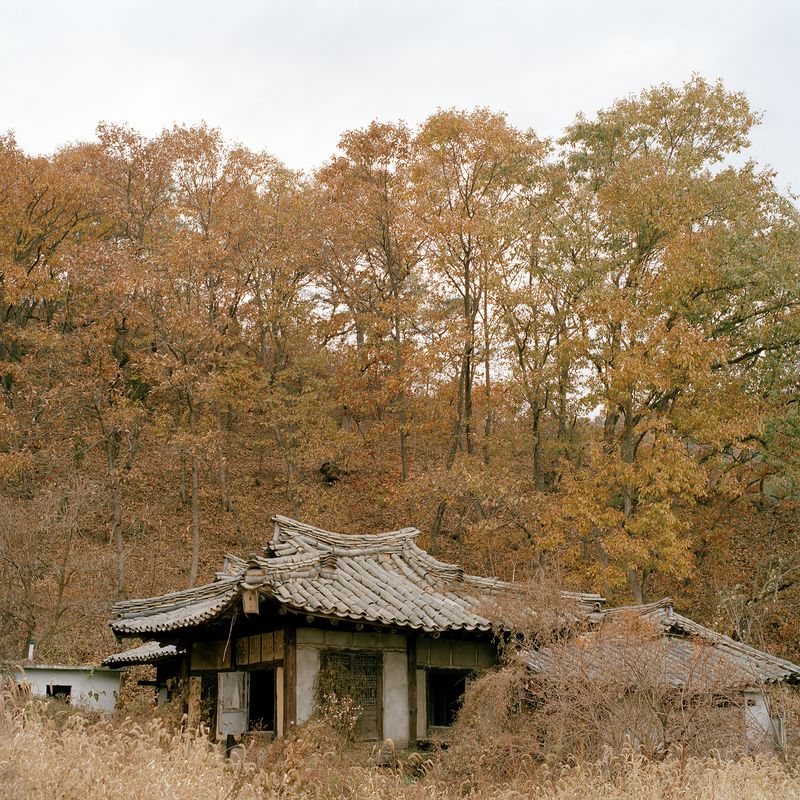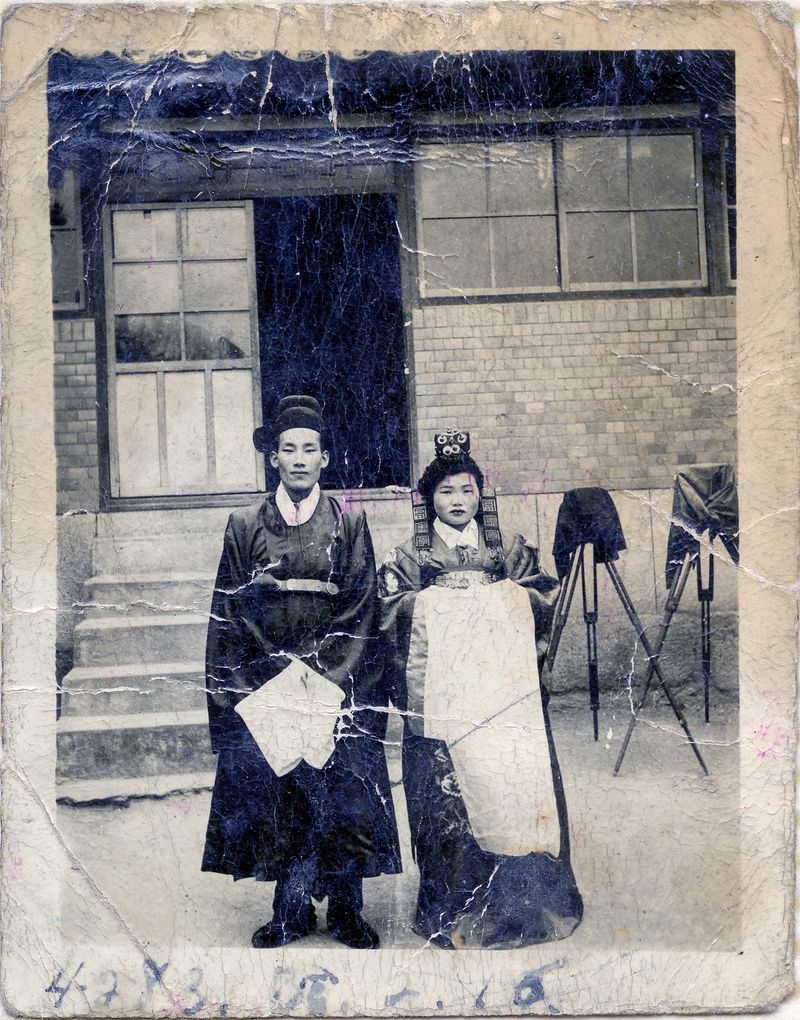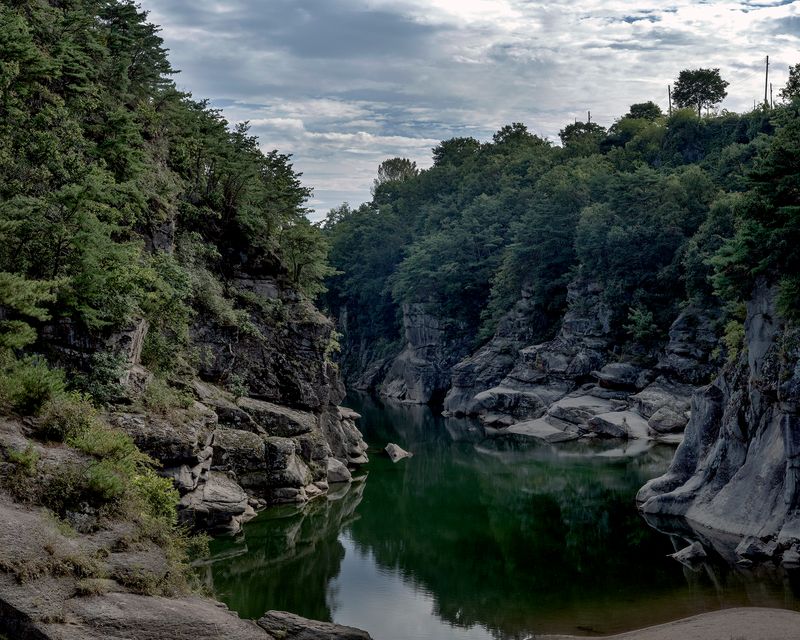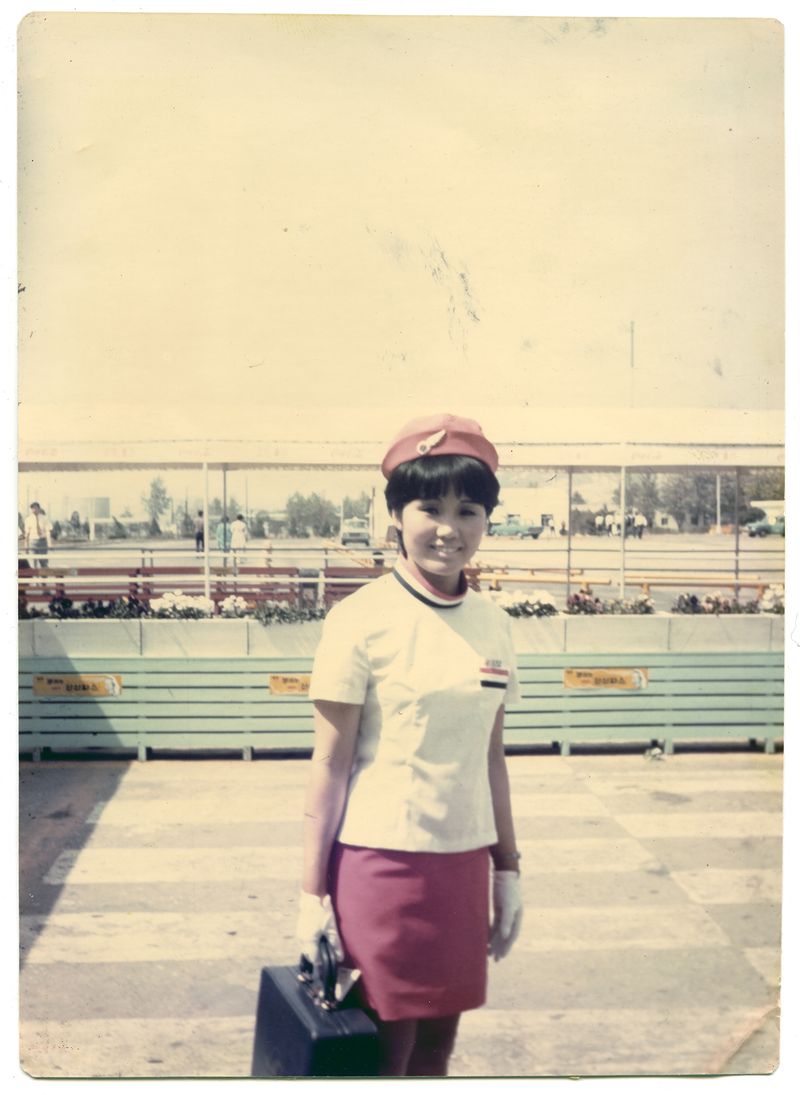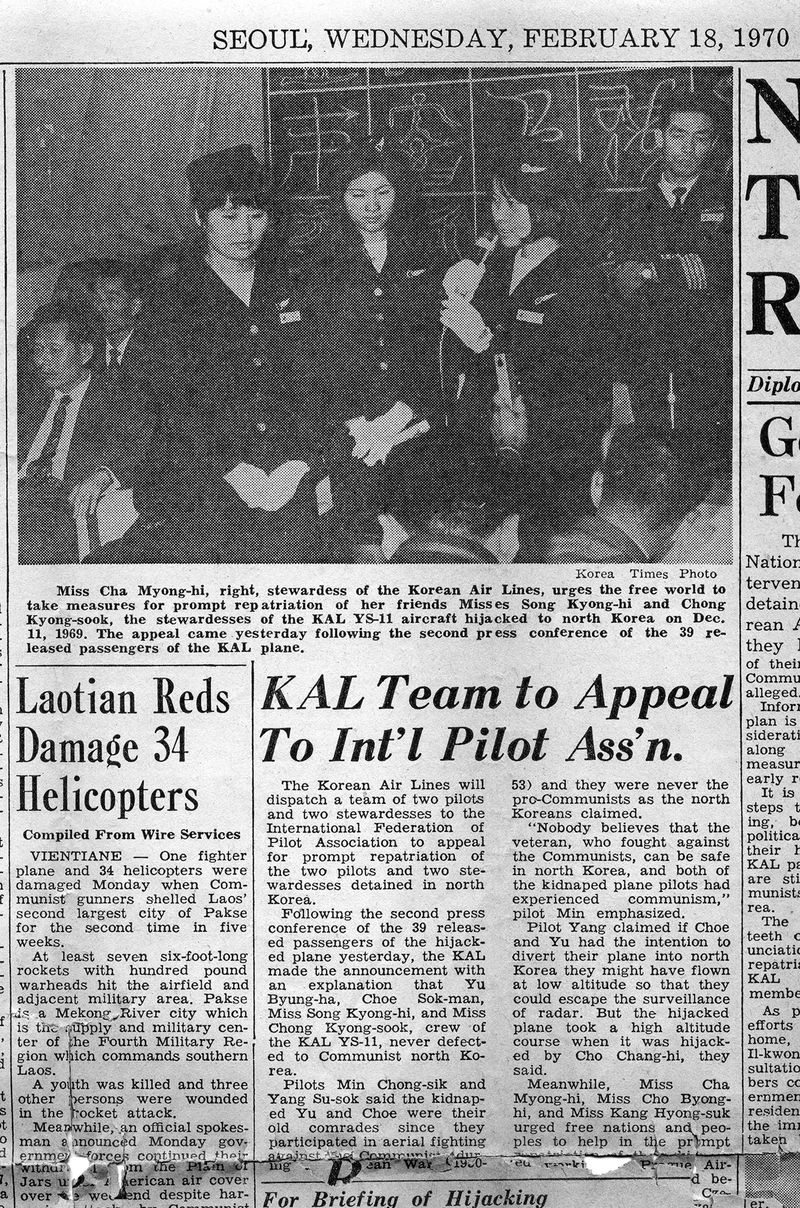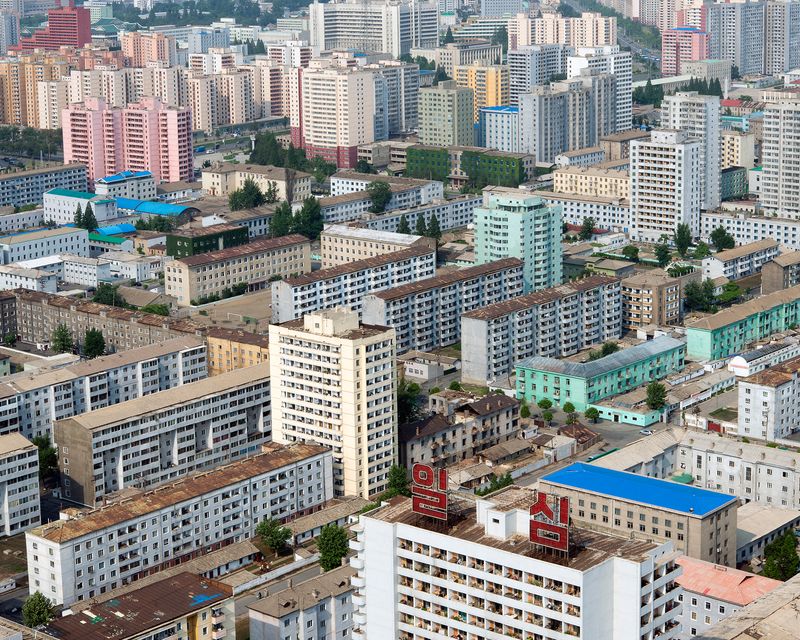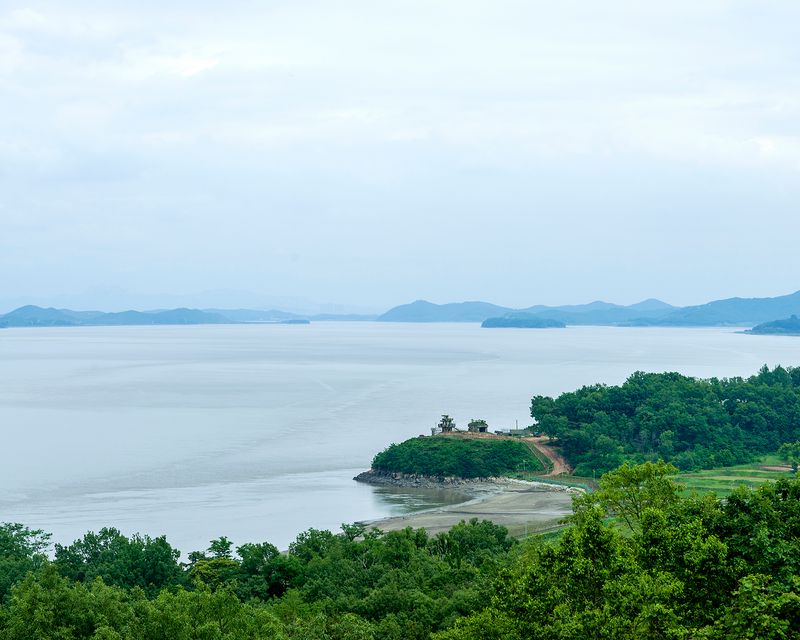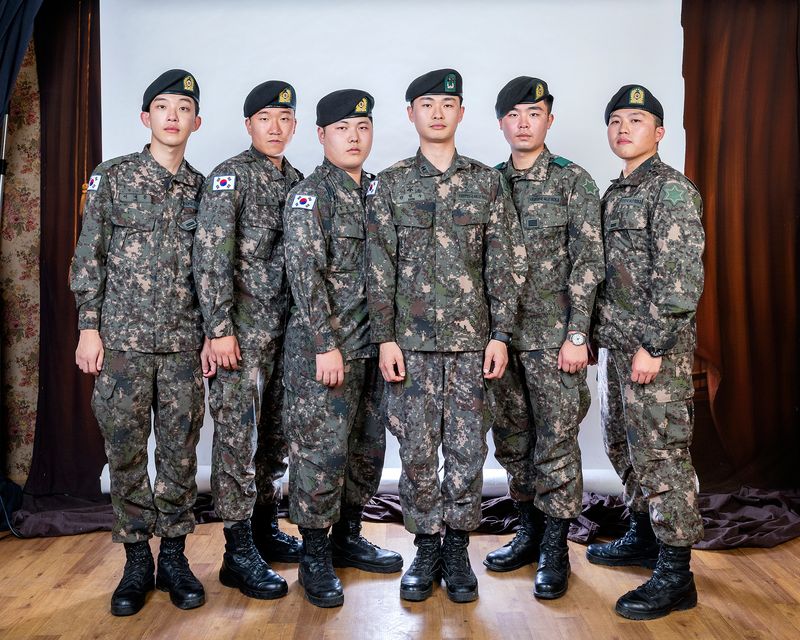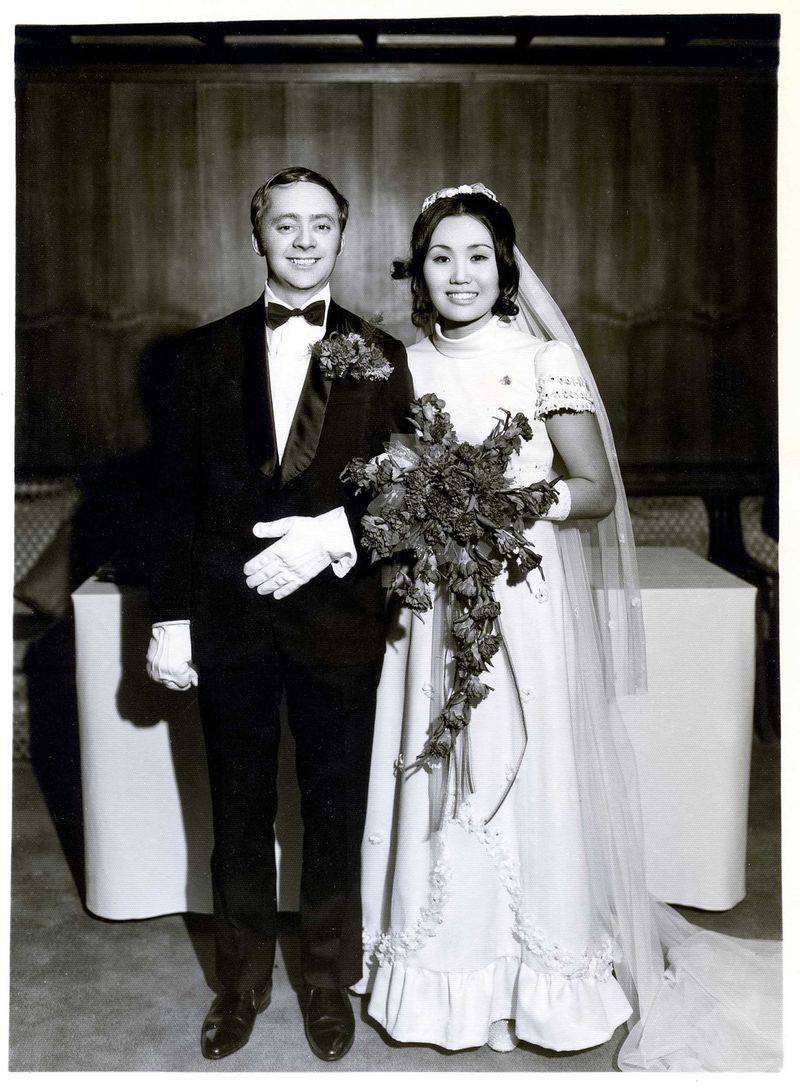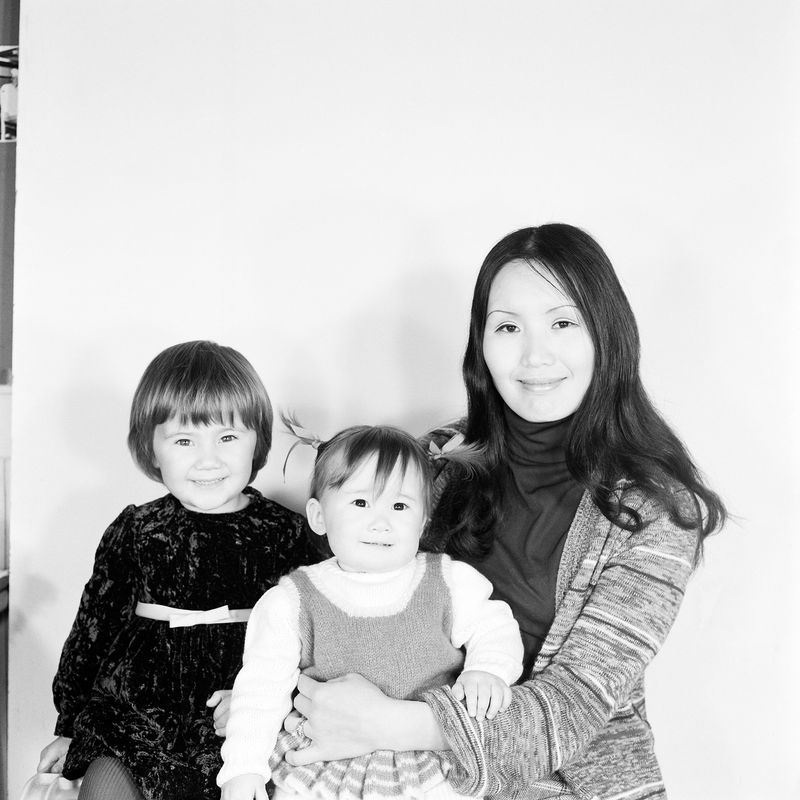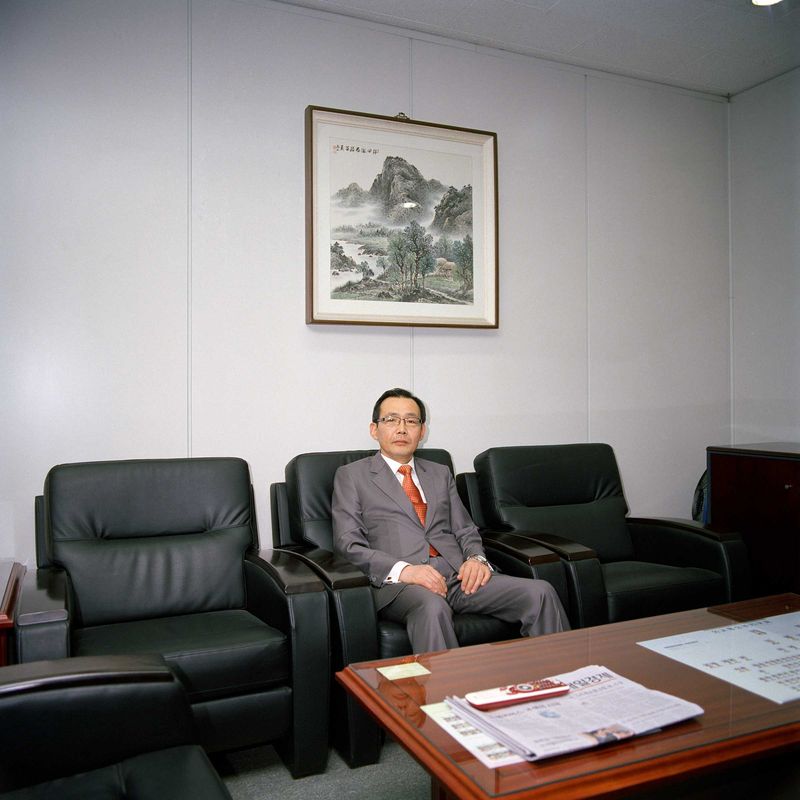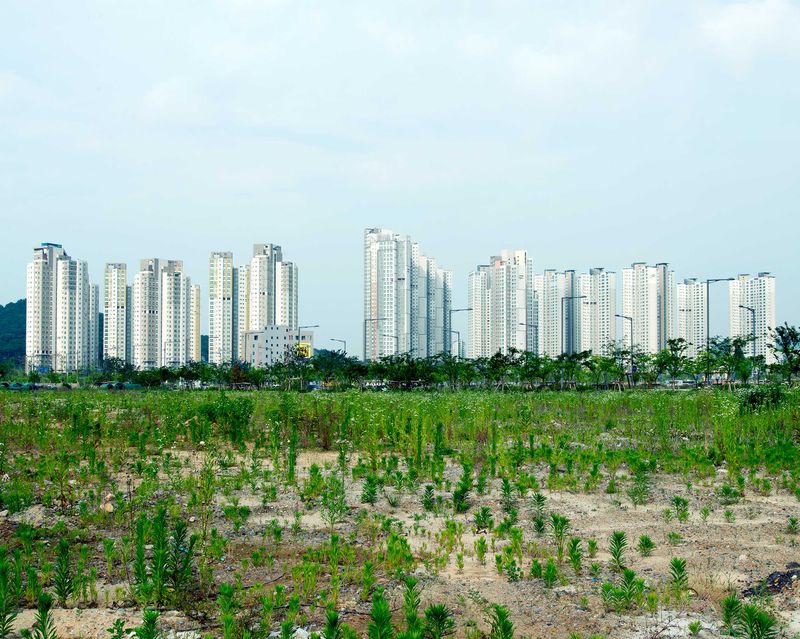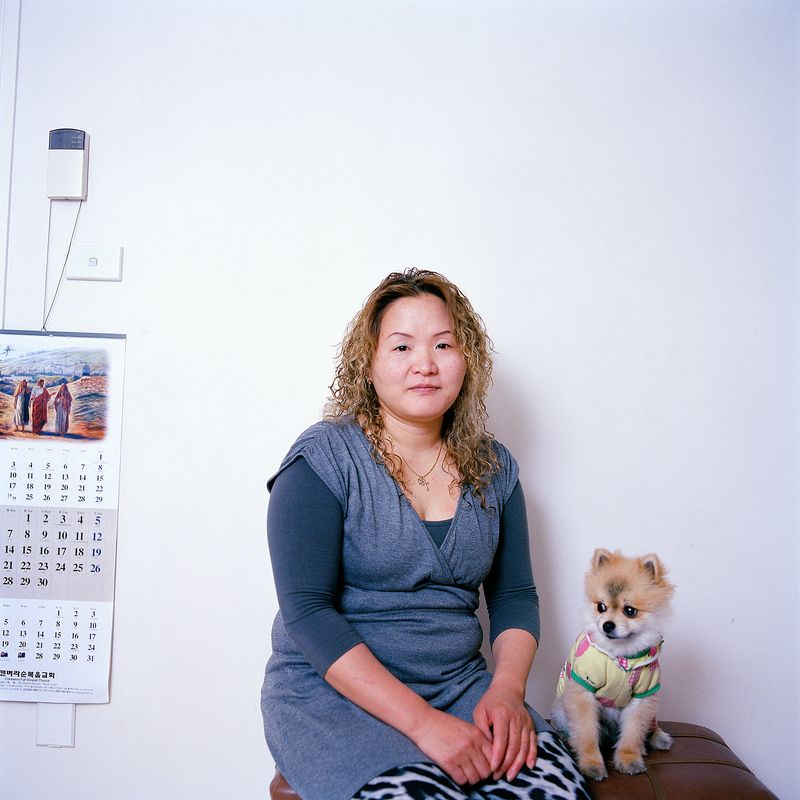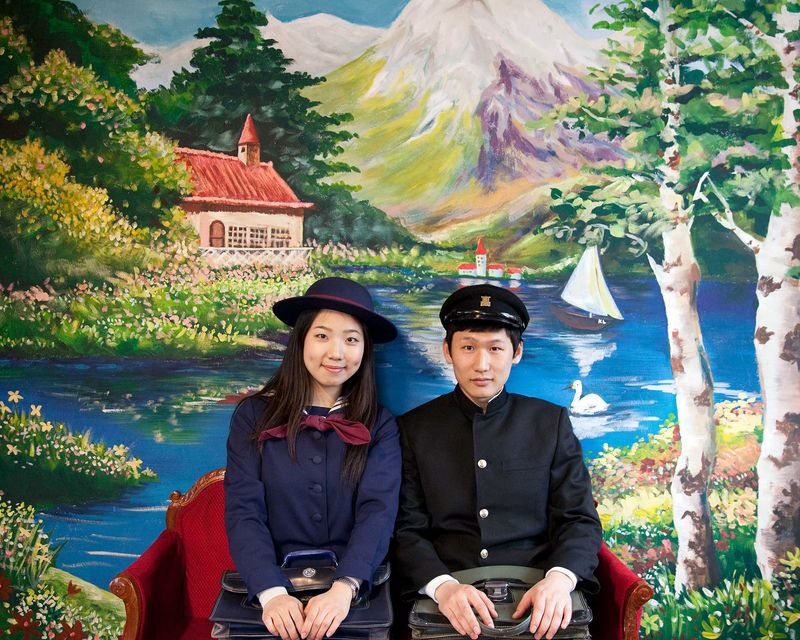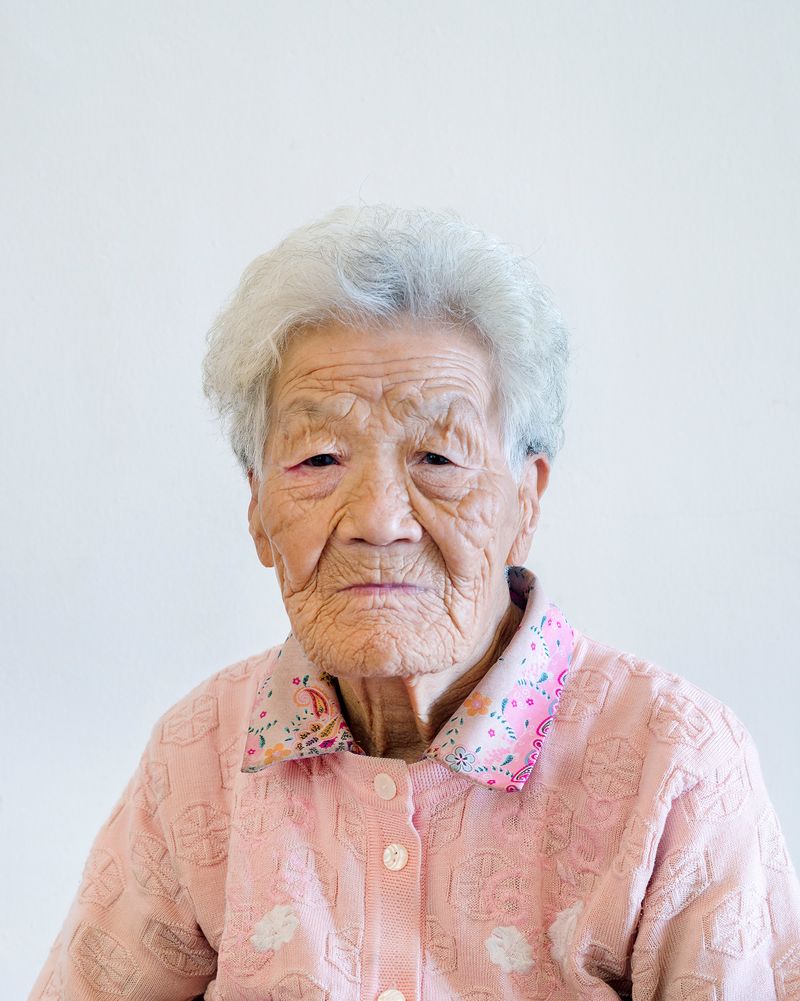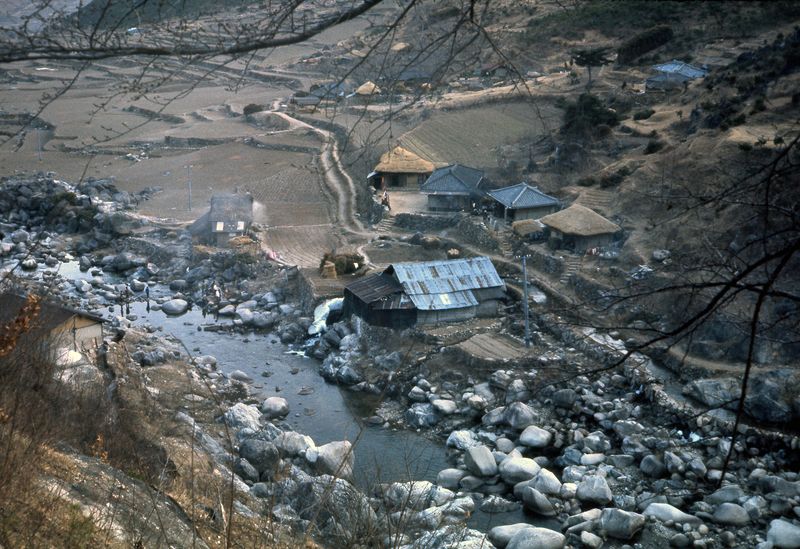The Korea Project (working title)
-
Dates2011 - Ongoing
-
Author
-
Recognition
Since 2011, I have been working on a project through which I am exploring family histories, cross-cultural identities (notably Australian-Koreans) and my own bi-racial heritage through the lenses of personal curiosity, migration and history. My Korean mother, who moved to Australia after marrying my father in the early 1970s, raised me as an Australian-Korean. Accordingly, I have straddled two worlds, yet in many ways, belonged to neither. I am fascinated by this tension in identity and how the merging of two cultures can shape one’s experiences and perspectives of the world.
My intentions here are two-fold, in that it tells a personal story but also a universal one. By re-tracing my mother’s move to Australia – a journey shared by many other Korean migrants – my aim is to tell a broader story of immigration through a creative documentation of the Korean diaspora in Australia: how their lives have been affected as a result of relocation; how a sense of Korean community has been established and further, how personal relations in Australia – such as inter-marriage – have yielded a new or changed sense of identity. For example, I am exploring through a series of portraits, how Korean-Australians (such as myself) continue to negotiate their heritage and affiliation within two starkly different cultures. Thus far, I have photographed, interviewed and filmed in the migrant diaspora: skilled visa migrants, economic migrants, adoptees and love migrants such as Korean women who marry Australians (many of whom are part of an international network known as KIMWA – Korean Inter-Marriage Women’s Association). Discussions around identity and cultural allegiance are explored through audio and video interviews as well as text and the collection of archival material.
The project further examines my own experiences as an ‘insider-outsider’ in Korea searching for my heritage and place in my mother’s culture. It is, in essence, about my idea of Korea and my idea of ‘Korean-ness’. Being mixed and relating to my ‘Asian-ness’ in a predominantly Anglo-white culture hasn’t been without its challenges. Additionally being accepted by the Korean community with its notions of ‘minjok’ (racial purity) has posed important questions about the nature of race, identity and representation in both my life and work.
Beginning with the Japanese occupation of Korea and tracing an arc from the Korean War through to Korea’s separation into two countries, I am using archival collections of photographs (my family’s and others), as well as my own work (still, video, text and sound) to explore the resilient ways in which everyday people – including my own family – have negotiated and survived the histories within which their lives are lived. How, against this dramatic political backdrop, chance, geography and even love can alter the course of people’s destinies. It’s a way of looking to the past to better understand where we’ve arrived and where we are going. In the end, this will be my story: a Korean story and a migrant story but also the story of a possible future for two countries seeking again, to become one.
